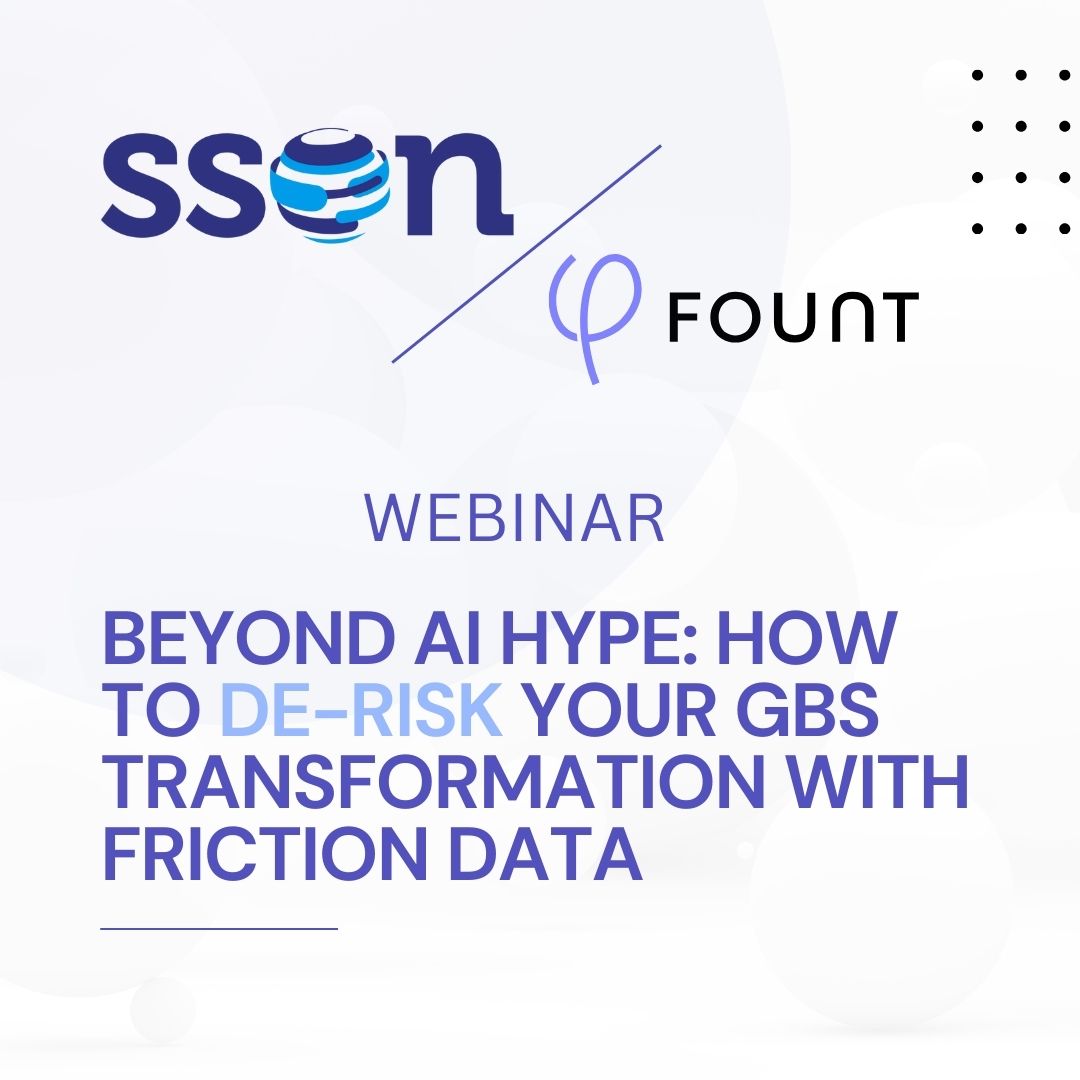Why Monitoring AI’s Impact Starts with the User Perspective
A summary of the details of the article will go here.
By Stephanie Denino, Managing Director TI People.
To truly monitor the impact of AI, we first need to understand it from the user’s perspective – the worker, the employee who interacts with AI in their daily tasks.
Let us break down the logic behind this idea for discussion and reflection.
AI’s Role in the Workplace
Embedding AI into organizations is generally intended to make tasks easier to perform and often to a higher standard. Whether it’s automating repetitive processes, providing insights through data analysis, or assisting with decision-making, AI’s goal is to enhance productivity and improve outcomes.
But here’s the critical point: the employees are the ones who interact with this AI as they go about their work. They are the frontline users who integrate these new tools into their routines, and their experience with AI is the real measure of its success.
The Essential Question
So, to assess the impact of any AI implementation in the workplace, we need to be able to answer this crucial question:
Did the AI make it easier for workers to perform their activities, and did it help them achieve a higher standard of work?
Consider a specific example: Imagine the introduction of an AI assistant in a call center. The purpose of this AI might be to help agents quickly resolve complex customer issues. If the AI truly aids the agents – making it easier for them to understand and address customer needs – then we should see tangible results. These could include higher post-call customer satisfaction ratings, faster resolution times, and ultimately, the realization of the business case for deploying the AI.
The Current Reality
However, the reality we observe in most organizations today is that they are not yet set up to capture these user-focused metrics or KPIs, especially across the full range of work that AI could potentially augment. Many are still focused on traditional performance metrics, without considering the nuanced impact that AI has on the worker’s experience.
But there’s a shift happening.
Organizations that understand one of AI’s fundamental contributions to make work better and easier – are beginning to gear up to capture these critical leading indicators. This is where FOUNT’s insights become invaluable, offering a comprehensive view of how AI is affecting the daily work experience, from the ground up.
A New Approach to AI Integration
Leaders are increasingly being equipped to improve day-to-day work in ways that are both data-driven and human-centered. With FOUNT, they are not only understanding the impact of their AI investments but also learning how to maximize them effectively.
By focusing on the worker’s experience, organizations can ensure that AI isn’t just another tool but a true enhancer of productivity and job satisfaction.
As we continue to integrate AI into our workplaces, let’s keep the user – the employee – at the center of our monitoring and evaluation efforts.
Related Resources
See all News
FOUNT News
LIVE Webinar. Beyond AI Hype: How to De-Risk Your GBS Transformation with Friction Data

Guest Post
3 Signs Your GBS Is Creating Friction Instead of Flow (And How to Fix It)

FOUNT News
June Newsletter: Friction is Killing Your AI ROI.

Insights
Breaking the False Tradeoff in GBS: Efficiency vs. Experience

Events
LIVE Webinar – July 9th for SSON Network. Beyond AI Hype: How to De-Risk Your GBS Transformation with Friction Data

Insights
To Create New Value, GBS Leaders Need Different Data

Insights
How to Keep Up with the Latest AI Developments

Insights
APRIL Newsletter. Friction: You Can’t Improve What You Can’t See



